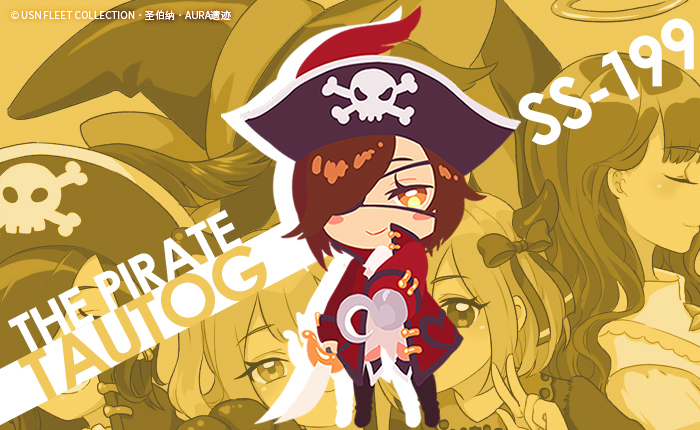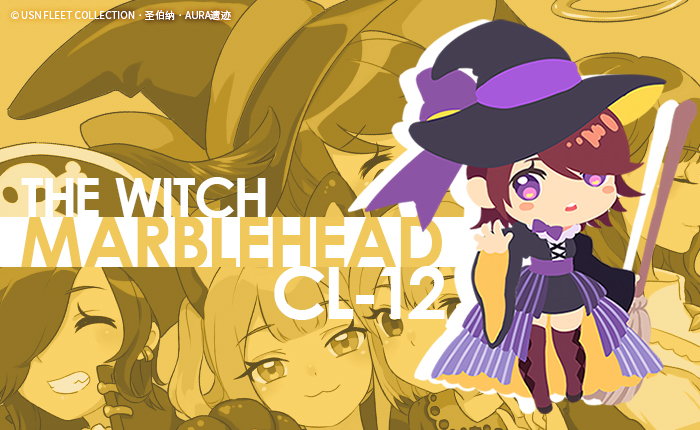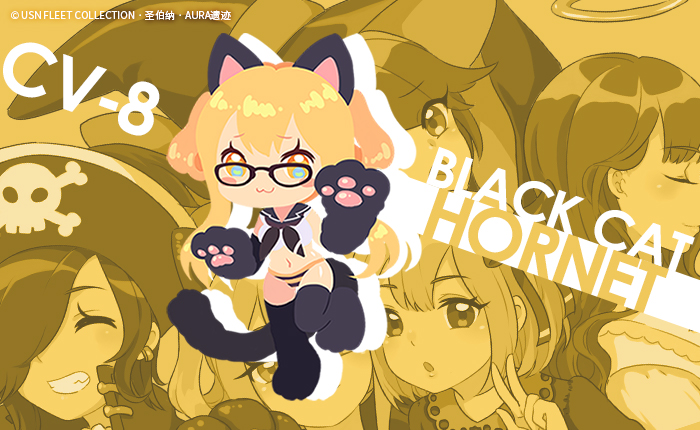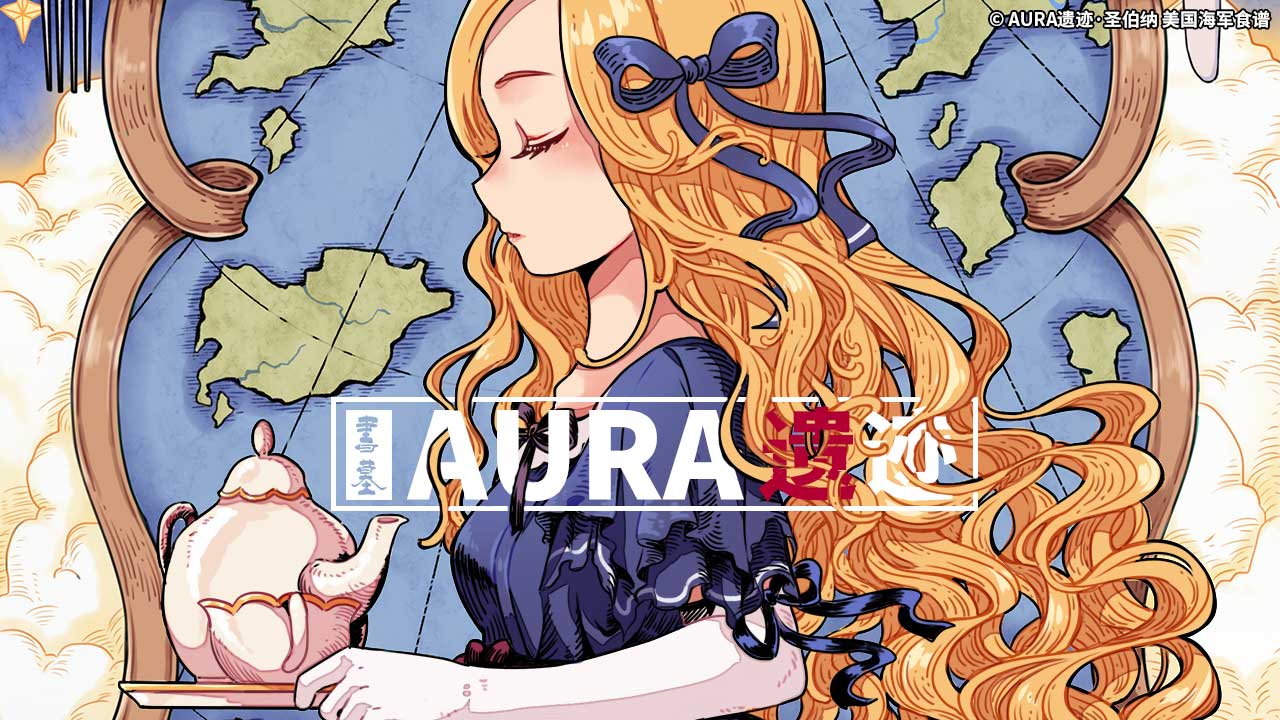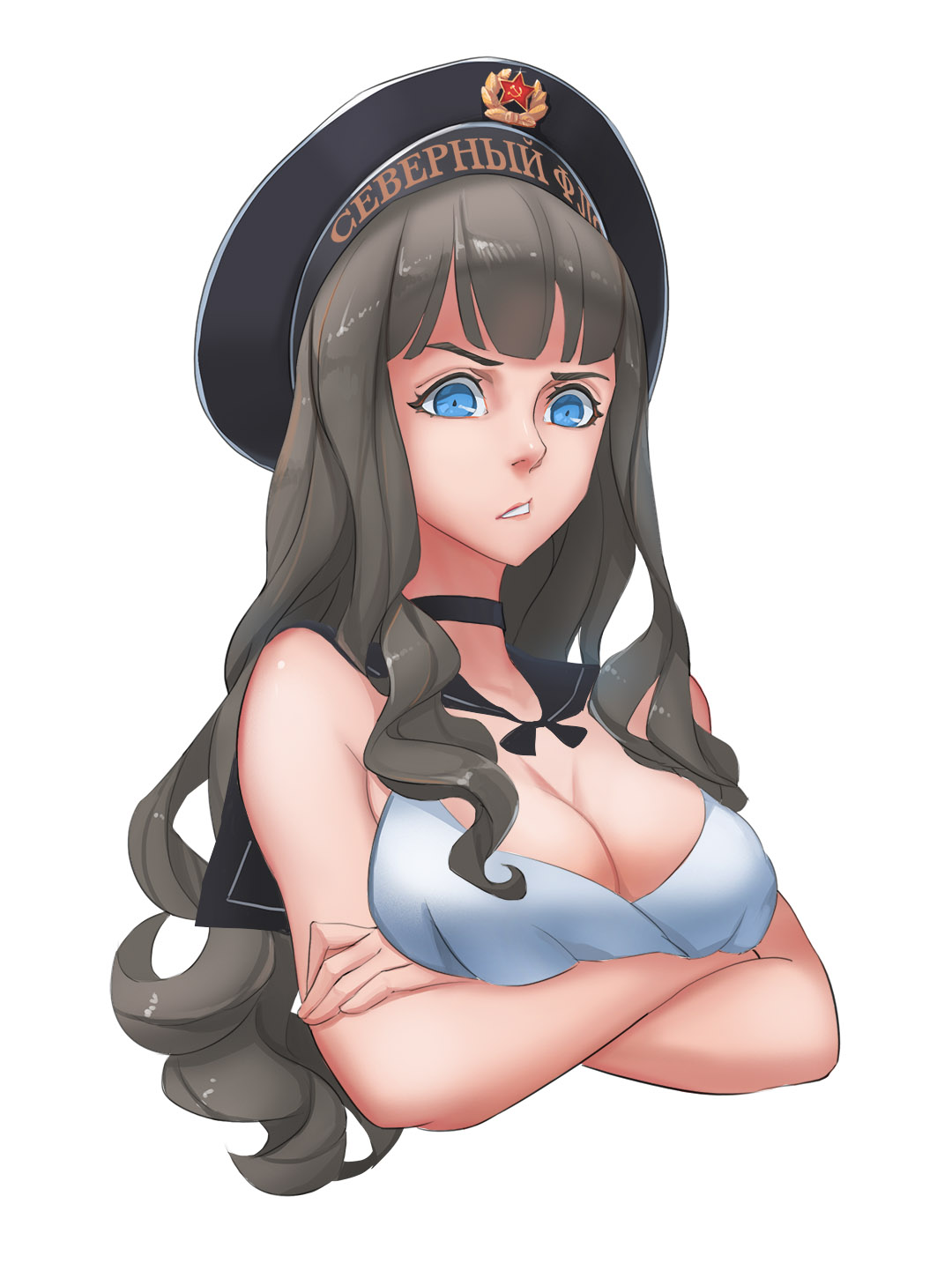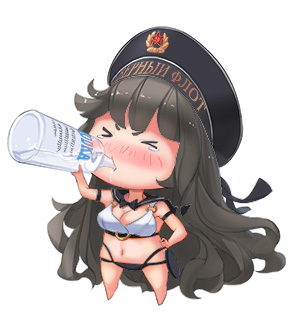You thought we were going to skip out on normal Pacific content didn’t you?
Well, settle down! We’ll get back to bikini-clad subgirls soon enough.

Yar! Well! Since I’m in costume and all. I’d like to spend today talking about the big picture – that’s to say, U.S. commerce raiding in the Pacific War.
I’m just here to look cute. Yay!
What is commerce raiding? To me, it’s a pretty fancy way of saying “sinking merchant ships.” You can think of piracy – the act of taking plunder from civilian (or other) ships – as a slightly smaller scale historical predecessor. The act of commerce raiding is not by itself terribly new. Plenty of navies used it historically – after all, destroying the enemy’s ability to trade and transport goods by sea has been around since boats were invented.
Now, you might have noticed from the various sub-corners that we’ve talked a lot about Germany’s U-boats during the First World War. This is certainly an important factor in the development of our own strategies. unlike Britain or Japan, however, we took a look at America and decided that we were far less vulnerable to this sort of thing than the biggest threat across the ocean – Japan.
In fact, we’ve always known that if we were going to go to war against the Japanese, we were going to target their economy and industry. Basically, Japan needed to import pretty much everything. Even food had to be shuttled in from their Asiatic territories. The thing to remember here, though, is that this was a two-way street. Just as Japan relied on raw materials and semi-finished goods from its conquered colonies, so too did those holdings require a constant flux of goods from Japan in order to function.
Now, you know what’s funny? War Plan Orange – our master plan against the Japanese – had no submarines whatsoever in its initial planning. The key assumption we were making during the 1930s was the idea that we had enough ships on hand to engage the Japanese on the high seas. This, in turn, would mean that we would possess enough naval strength to blockade the fleet. In fact, let me quote the Sink-Us (Commander in Chief, U.S. Fleet) in 1936.
The primary employment of submarines will be in offensive operations against enemy larger combatants.
If this sounds like what the Japanese were thinking with their submarine force, you’re exactly right. At the time, War Plan Orange did not call for submarines to attack enemy trade routes. In fact, as early as 1939, submarines (this is after we’ve managed to build fast fleet submarines that could stay out for quite the time!) were still meant to be “patrol” or “skirmish units. People were iffy on whether or not submarines can survive being spotted – we’ve alluded to the fact that at the time daylight attacks were thought to be a death sentence before, after all! Thus, the uncertainty in operating against enemy convoys (as well as the risk of running into armed merchant ships) meant that submariners were still told to go after the fleet units first.
Plus, there’s that London Naval Treaty. At the time, we firmly believed that everyone would play by the rules, and while the possibility of unrestricted submarine warfare was on the table, most thought that we would never actually do such a thing. After all, only pirates and Germans attacked merchant ships indiscriminately! We were better than that.
So, what changed?
Well, for one thing, military theory changed. That, and the world changed. When Admiral Harold Stark became CNO in August of 1939, he realized that we had to do some things differently. As we watched the war explode over Europe, Stark decided that the navy had to be prepared. Building more ships aside, he quickly came up with a list of solutions.
This would be known as the “Plan Dog Memo.” You will also see it being referred to as the “Plan D.” Written and submitted to Roosevelt on November 12, 1940, it basically had five scenarios, which I’ve summarized below.
A. War with Japanese in which the US stands alone.
B. War with Japan in which the US allies with Britain.
C. War with Japan and Germany and Italy, in which the US stands alone.
D. War with Germany and Italy, where Japan would initially remain neutral, and we would be allied with Britain.
E. Stay out of the war.
In 1940, the general recommendation was to follow plan D, but assume operations under plan A. Savvy readers would notice immediately that this would eventually morph into the “Europe first” strategy that we employed during World War 2. However, the key point to take note here is that this completely shifted the U.S. navy’s paradigms in the Pacific.
Should we adopt the present Orange Plan today, or any modification of that plan which involves the movement of very strong naval and army contingents to the Far East, we would have to accept considerable danger in the Atlantic, and would probably be unable to augment our material assistance to Great Britain.
We should, therefore, examine other plans which involve a war having a more limited objective than the complete defeat of Japan, and in which we would undertake hostilities only in cooperation with the British and Dutch, and in which these undertake to provide an effective and continued resistance in Malaysia.
In the memo, Admiral Stark highlights the importance of turning the war into a war of economic attrition. Much of our forces would be devoted to assisting the situation in Europe, and as such:
The objective in a limited war against Japan would be the reduction of Japanese offensive power chiefly through economic blockade.
Admiral Stark then proceeds to argue the first three points, pointing out why it is untenable to carry each out. He then points out that…
Initially, the offensive measures adopted would, necessarily, be purely naval.
The US fleet was not yet large enough to complete the blockade. Furthermore, Admiral Stark thought it was very likely that the US lose most of their naval bases – including the possibility of both Malaysia and the Philippines. If economic attrition is to be accomplished, the only possibility is through unrestricted submarine warfare.
As it stands, we were still pondering about alternative possibilities. Initially, the earliest drafts of war plans called for a number of strategic areas. This was viewed by some of the aforementioned officers as a “fair” way of fighting the war. Due to the fact that we’re at war, we’re going to mark off a certain number of areas as off limits. If you show up here we’ll sink you, because we do not want you to spy on our military movements or provide eyes for your ships or planes to bomb our stuff.
As it turned out? Two things.
One. Japan spared us the trouble themselves by flagging all Japanese civilian merchant ships under either the Imperial Japanese Army or the Japanese navy. The explicit militarization meant that they were acting as legitimate military targets.
Two. Japan didn’t “fight fair.” Any potential qualms about whether or not attacking now-militarized merchant ships kinda got threw out of the window on December 7th, 1941.
Now, how well the submarine force did is a subject of great debate, and there are a lot of professional people who has strong opinions on matter. For now, though, I think it’s sufficient for us to stop here. Now you know what we were thinking as we started the Pacific War!
A Submarine Corner on pirates. Splendid! When do I show up? I trust you will surely be speaking of the great privateers of old, Tautog dear? Sir Francis Drake perhaps? Sir George Somers?
Um, Venturer, not quite… We’re doing sub corners after all.
Well bummer. How about Anglo-American cooperation during the Great War? We sure gave the ‘Huns a mighty drubbing. Admiral Sims and Bayly were fast friends, you know! The accursed U-boats could not shackle Britannia and her allies!
No. Also, uh… we gotta talk about the Q-ships at some point, too.
Royal Navy Counter-Piracy measures?
No.
… the Jolly Roger flag on the Royal Navy, Submarine force? You know that’s quite literally because Admiral Wilson thought that submarines were a bunch of “no-good, underhanded, unfair, and damned un-English” ships, right?
That’s a good one, but no. Sorry. If you showed up an hour earlier we could have done that.
Well that wasn’t very sporting of you, was it! I am sad now.
S-sorry! We can talk about the Jolly Roger flag next if you want. How’s that?
Well, I wouldn’t want to alter the established schedule too much. Tell you what. If an opportunity arises, let us do the Jolly Roger flag. I think the readers would find it a fun tale.
Sure.


